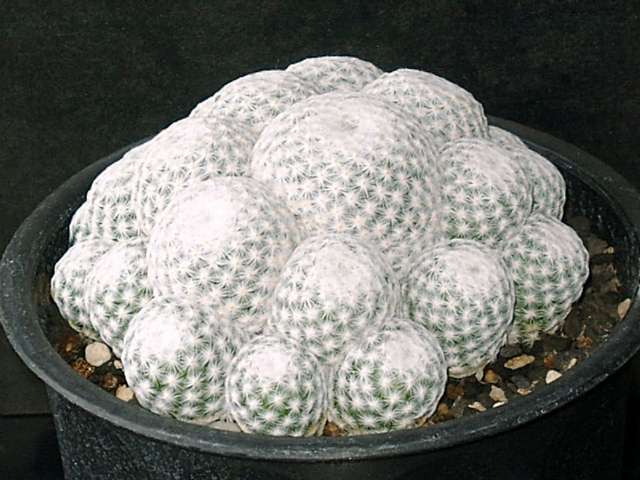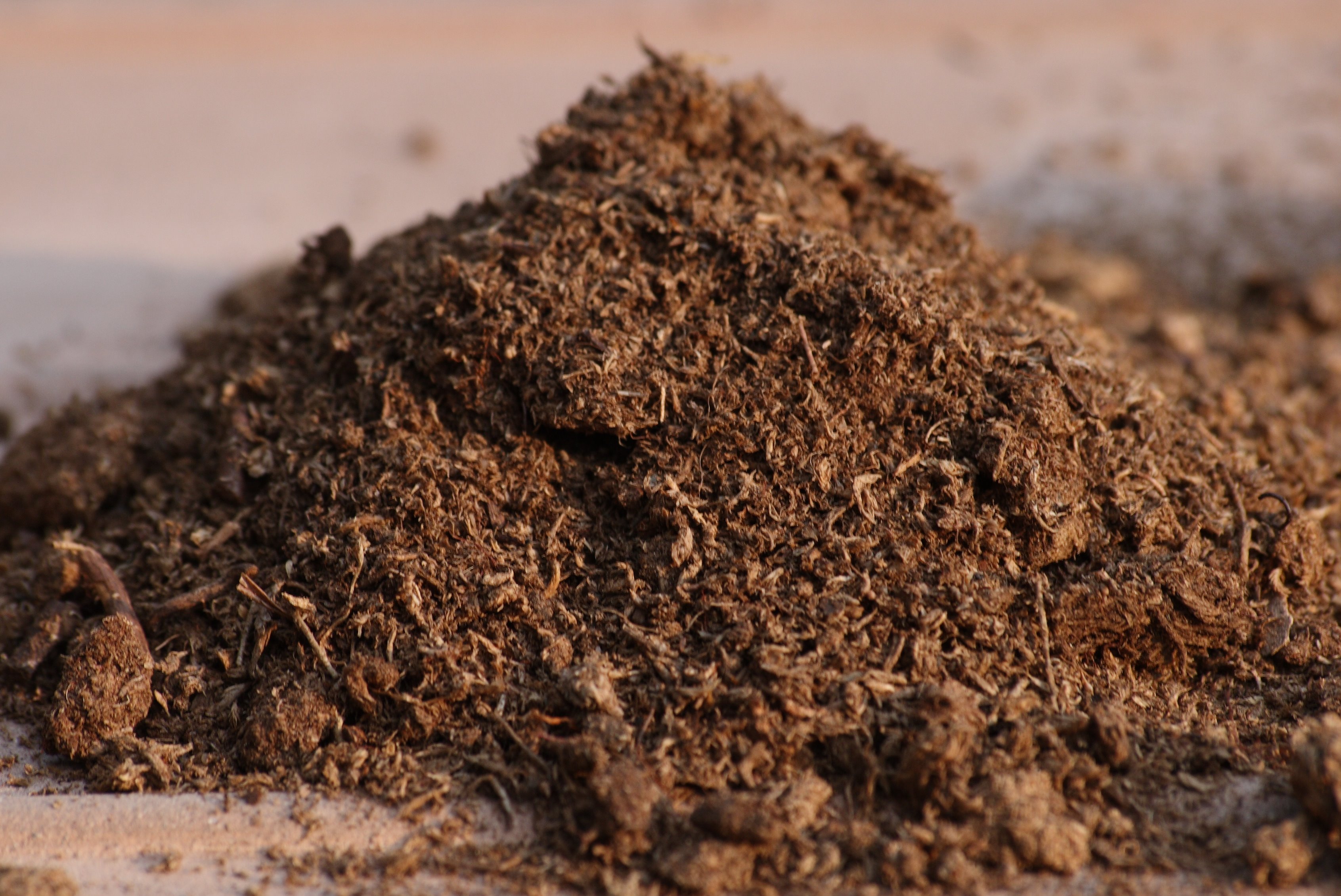Here are the fungus found normally in cactus.
1. Cactus Anthracnose (fungus – Colletotrichum (Gleosproium) spp): This disease affects several kinds of cacti, cereus, echinocactus, mammillaria, and particularly, opuntia (prickly pear). Infection results in a rather moist light brown rot that shows many light pink pustules on the surface. Spots are small at first, later enlarge, and become covered by the small spore-producing pustules.
Large areas may be affected, sometimes destroying entire plants. No satisfactory control is available, other than removing and destroying diseased cladodes as soon as noticed. In the greenhouse, soil from infected plants should be removed and benches disinfected. Spraying with a copper fungicide may help in checking this disease.
Large areas may be affected, sometimes destroying entire plants. No satisfactory control is available, other than removing and destroying diseased cladodes as soon as noticed. In the greenhouse, soil from infected plants should be removed and benches disinfected. Spraying with a copper fungicide may help in checking this disease.
2. Scorch or Sunscald (fungus – Henersonia opuntiae): This disease is common and
serious on prickly pear cactus (opuntia). Spots at first are distinctly zoned, later enlarging until entire cladodes turn a reddish-brown and finally die. The center of the disease area is grayish-brown and cracked. Other fungi may be present in the diseased area. No practical control has been developed.
3. Cotton Root Rot (fungus – Phymatotrichum omnivorum): Several members of the
cactus family are susceptible to attack by the cotton root rot fungus. Infected plants die. When pulled from the soil the brown strands of the fungus can be found growing on the root surface. No control practice is available.
4. Scab (physiological): Particularly common on prickly pear cactus. Rusty colored, corky areas appear on the stems. Scab is thought to be a form of edema, resulting from over watering and poor ventilation. Increase light and decrease humidity for control.
What to do when cactus are infected?
- Quarantine and remove infected plant material.
- Repot and cut off the infected area if it’s not severe and it’s possible to cut. Cut behind the infection so that you can throw the fungus away entirely. If it’s severe, destroy affected plants and their pots.
- Set the environment of your greenhouse or garden to be more appropriate for the cactus. The causes of fungus are sometimes poor ventilation, light or humidity.
- Dust the both infected and healthy plant with Bordeaux mixture or another fungicide.
1. Back the basic, pay attention and take care of your plants closely. Mostly, the infection can invade your garden when you don’t have time to check or care the cactus. (This case ever happened with me, too)
2. Get rid of the fungus/infection as soon as you find it. The earlier to figure the fungus, the easier to control it.
3. Giving more time to spray the fungicide (every one or two weeks), repot and fertilize the plants.
Every plant is same; cactus, succulent, orchid, rose or else. If you take care of it well, it will grow up greatly and make you proud.
If you have any comment or question, please feel free to contact me :)
If you have any comment or question, please feel free to contact me :)











